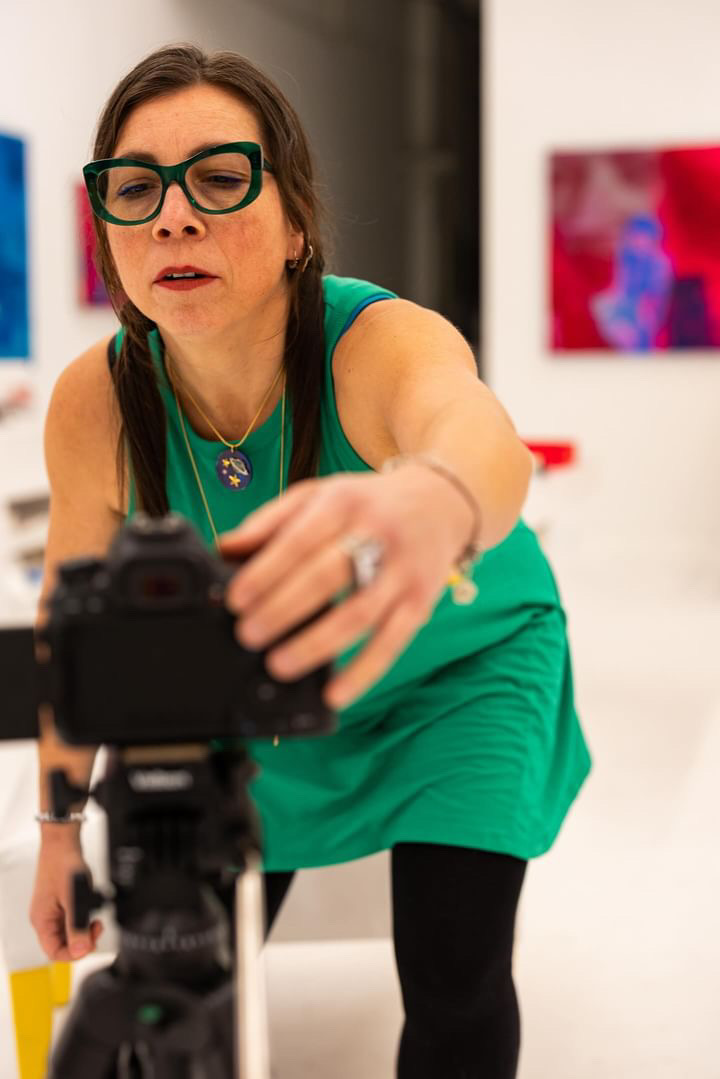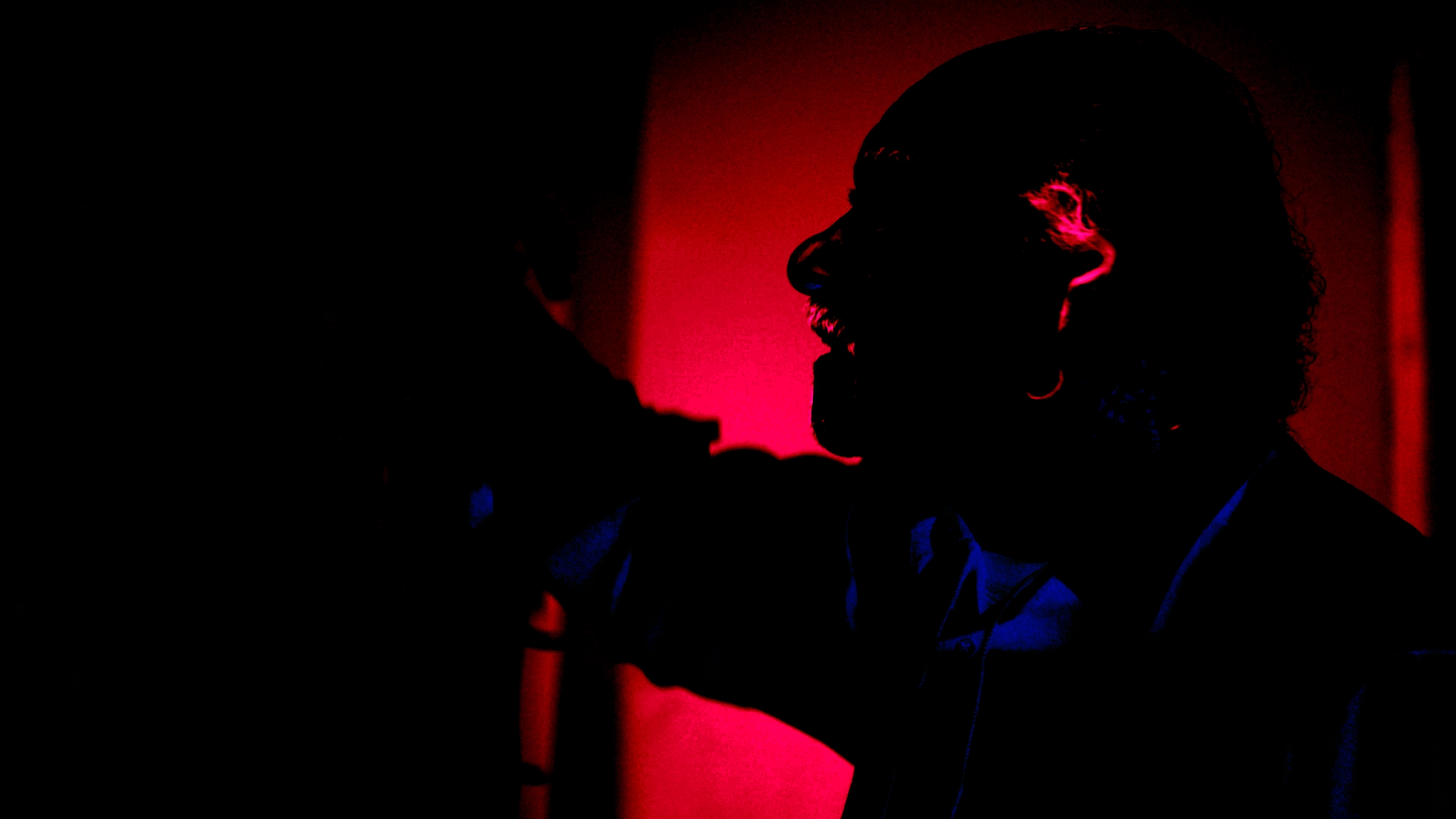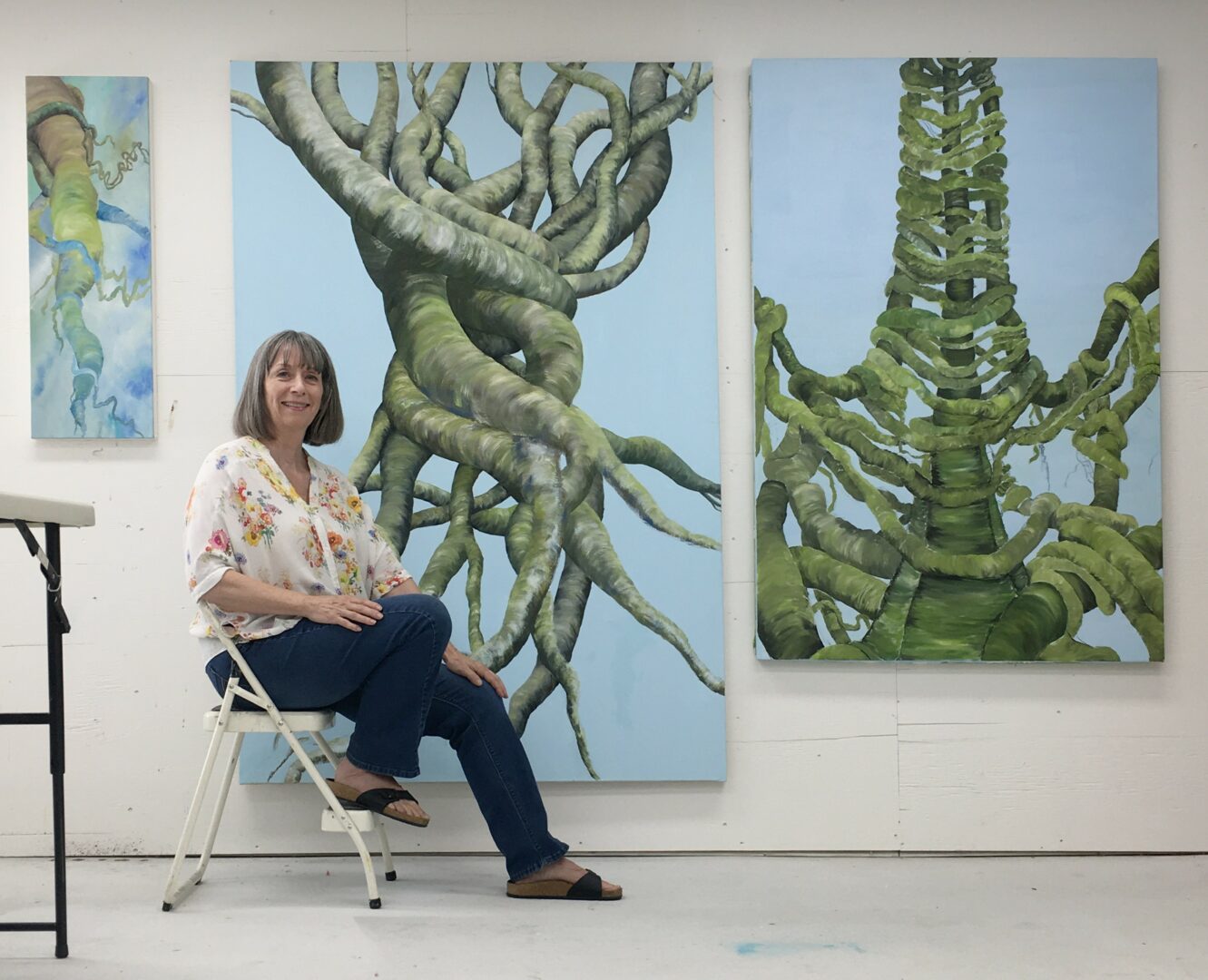We recently had the chance to connect with Patricia Yáñez & Wendee Yudis & James Oliver & Henry Bermudez & Kukuli Velarde and have shared our conversation below.
Hi Patricia & Wendee & James & Henry & Kukuli, thank you so much for joining us today. We’re thrilled to learn more about your journey, values and what you are currently working on. Let’s start with an ice breaker: When was the last time you felt true joy?
This is one of my favorite moments of my life, if not the most. I was at my (now ex) in-laws’ house, holding my four-month-old son in my arms. It was probably October 1999. Bach was playing softly in the background. The light was perfect, warm and golden, streaming through the windows. The weight and warmth of this sleeping angel, so happy and relaxed in my arms, filled me with a quiet kind of awe.
I swayed back and forth slowly, almost imperceptibly, in the beautiful, empty living room. We stood on a white soft area rug in the center of the room where the hardware floors gleamed. Tears kept rolling down my cheeks, gently and without effort as if my body knew it had to release something too deep for words.
Can you briefly introduce yourself and share what makes you or your brand unique?
My name is Patricia Yáñez, and I’m a documentary filmmaker, educator, and founder of Creative Synergy Media, a production company based in Philadelphia. I was born in New Jersey, raised in Chile, and returned to the U.S. after studying television and film. That cross-cultural journey continues to shape me both personally and professionally. I have two cultures, two families, two brains, two homes… and that’s my lens.
My business’s mission is an extension of my own: to amplify underrepresented voices, contribute to global solutions, and highlight creatives and people who make things happen, including artists and elders, with our children and bees at the heart center of all decisions. What makes Creative Synergy Media unique is our deep commitment to emotional truth: a path to empathy and, I believe, an essential element in addressing many of today’s challenges.
One of the most meaningful collaborations I’ve had was with the late Philadelphia Urban Folk Expressionist artist Leroy Johnson. I was his assistant for three years until his passing on August 8, 2022. During that time, I documented him at work, in conversation, and during artist talks as often as I could, sometimes experimenting with multiple cameras and teaching myself digital editing. Together, we created Jimmy Jams, a series of video shorts, our longest one being Jazz City, which was featured as part of Philadelphia City Hall’s Jazz Month opening show in April 2019.
We’ve also partnered with the University of Pennsylvania’s Laboratory Animal Resources (ULAR) to help communicate the ethical dimensions of animal care in research settings; a powerful opportunity to merge science, transparency, and compassion through film.
Beyond that, we’ve collaborated with student musicians, small business owners, artists, and nature stewards to create content that inspires, informs, and connects.
Currently, I work in the New Jersey public school system as a Spanish teacher, where I also develop student-led, solution-focused content on global issues such as climate change. Balancing education and filmmaking gives me the energy (inspiration) to keep going, especially while living far from my biological family. My hope is that through creative video expression and purposeful distribution, we can be part of the solution. After all, whatever we focus on, grows.
Okay, so here’s a deep one: What’s a moment that really shaped how you see the world?
Seeing how my world, my country, was living through the transition from dictatorship to democracy is what has aligned my moral compass. The Chilean dictatorship began in 1973, before I was born in the United States. My family was already living here at the time. My father had already retired from his Chilean military career. Thank God.
We moved back to Chile in 1979 or 1980. I was in 8th grade in 1988, the year of the plebiscite in which the “No” vote won. That election marked the beginning of the end for Pinochet’s regime.
One day, my mother took us to a protest in a pretty safe commercial area called Providencia in the capital. She said it was an important historical moment we needed to witness. What a visionary! I saw a man holding a flag with the “No” campaign’s rainbow logo. Suddenly, five men jumped off a flatbed truck they were riding. They carried long sticks and wore either masks or bandanas, I can’t remember exactly. They had clean-cut hair and, though not in uniform, were clearly aligned with the regime. They beat the man while he was on the ground. Watching injustice unfold in broad daylight made it clear who the bad guys were.
Years later, in college, I became more deeply acquainted with this dictatorship through the experiences of my exiled professors who had returned to Chile to reestablish film education. It was then I began to understand the things I had been sheltered from as a child: the detenidos desaparecidos (the detained disappeared), systemic oppression, torture, censorship. I still remember how strange it felt to hear people say “the detained disappeared” recently in U.S. news. It’s not just a term. It’s an often forgotten wound.
I also remember the brilliance of the “No” campaign, which was later depicted in a film starring Gael García Bernal. The campaign’s videos were joyful, artistic, full of color and life. They gave people hope and helped them overcome fear. That contrast was striking. The regime’s side was rooted in fear and violence. It became clear to me that the artists were on the right side of history, the side I always want to be on.
That experience taught me that injustice and oppression can be resisted through creativity, truth, and courage. It also showed me the power of storytelling and imagery and how it can shift the course of history. That belief still guides everything I do through my work today.
Was there ever a time you almost gave up?
I had cried for three days straight after work. At the time, I was a public high school Spanish teacher. I can’t remember exactly when during my first year of teaching this happened, but it was shortly after we—my two-and-a-half-year-old son and I—arrived in the U.S. I was beyond stressed. I couldn’t even think about what lessons to create. I was homesick, tired, and deeply lonely.
All the doors had opened so easily: a car, an apartment, healthcare, food stamps, a steady job—all in less than three months. But it came at a huge cost. Had I known it would be this difficult, I wouldn’t have uprooted myself to live here.
At one point, I went to my principal—now a dear friend—and told her I couldn’t do it anymore. She asked me, “Are you ready to give me your key now?”
The answer was a clear no. I couldn’t leave. It was too complicated at that point. It would take at least a month to disassemble everything.
And here I am, still teaching—but now I work with 4th and 5th graders with many different backgrounds. They are my clients. They may not pay, but they are who I serve.
I think our readers would appreciate hearing more about your values and what you think matters in life and career, etc. So our next question is along those lines. Where are smart people getting it totally wrong today?
Whatever you focus on grows. If we put bees and children in the heart-center of all decisions and include elders and artists as part of the decision-making, we’ll be fine. People are too caught up in their stories. It’s time to connect.
Okay, we’ve made it essentially to the end. One last question before you go. Are you doing what you were born to do—or what you were told to do?
When it comes to teaching, it feels like I have stepped up to a calling, and I’m happy about that. I accidentally—or serendipitously—landed in film and television school. No one told me to do either. The first was an opportunity for a lifestyle; the second was a choice. Teaching gives me purpose and connection; filmmaking gives me voice and vision. Together, they make up the work I was meant to do.
Contact Info:
- Website: https://www.creativesynergymedia.com/
- Instagram: https://www.instagram.com/creativesynergymedia/
- Linkedin: https://www.linkedin.com/in/creativesynergymedia/face
- Facebook: https://www.facebook.com/creativesynergymedia
- Youtube: https://www.youtube.com/@creativesynergymedia




Image Credits
Anthony “Seper” Torcasio
Leroy Johnson portrait taken by me
so if you or someone you know deserves recognition please let us know here.




